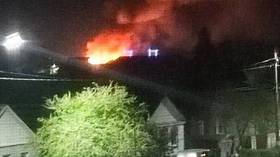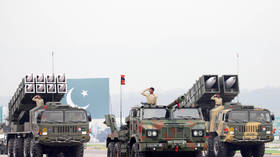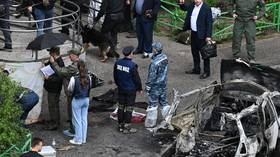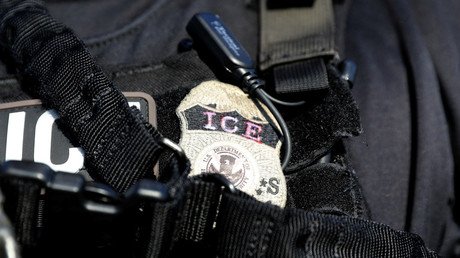Chernobyl wolves could spread gene mutations outside radioactive exclusion zone
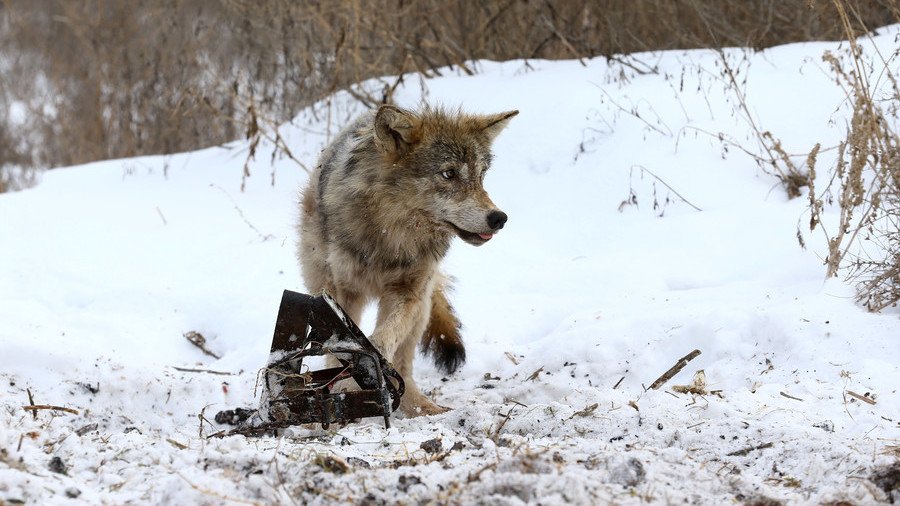
For the first time, researchers have tracked a wolf travelling far beyond Chernobyl’s radioactive exclusion zone, raising questions about the potential spread of radiation-induced genetic mutations.
In 1986 an explosion at the Chernobyl nuclear power plant destroyed a nuclear reactor and released 400 times more radioactive material than the atomic bomb dropped on Hiroshima at the end of World War II. Following the disaster, an 18.6 mile (30km) exclusion zone was set up around the reactor. Although tourists can now visit parts of the exclusion zone, its seclusion has created a natural wildlife preserve.
Gray wolves have been thriving in the area. There are thought to be up to seven times the number of wolves inside the exclusion zone as there are in surrounding areas, which suggests a likelihood that a proportion of the population will spread further afield to hunt.
Researchers from the University of Georgia, the University of Missouri and the Institute of Environmental Radioactivity began tracking 14 of the approximately 300 Chernobyl wolves by fitting them with GPS collars.
Wildlife thriving without humans in post-apocalyptic #Chernobyl nuclear zone https://t.co/hn38jowlsYpic.twitter.com/rrbS7boT22
— RT (@RT_com) April 24, 2016
“No wolves there were glowing — they all have four legs, two eyes and one tail,” Study lead author and wildlife ecologist Michael Byrne told Live Science.
Researchers found one of the wolves, aged between one and two years old, roamed further than its adult counterparts. The wolf ventured about 186 miles outside the exclusion zone over 21 days.
The study provides "the first proof of a wolf dispersing beyond the exclusion zone,” Byrne said. “Instead of being an ecological black hole, the Chernobyl exclusion zone might actually act as a source of wildlife to help other populations in the region. And these findings might not just apply to wolves — it's reasonable to assume similar things are happening with other animals as well.”
Unfortunately, an issue with the young wolf’s collar prevented the researchers from confirming whether the wolf returned home, or how far he went.
READ MORE: Chernobyl contaminating cow milk 30 years after nuclear meltdown - study
While the researchers are pleased their findings prove a wolf definitely has moved outside the exclusion zone, the question of whether these animals could spread gene mutations on their travels remains. The study was published in the European Journal of Wildlife Research.
“We have no evidence to support that this is happening,” Byrne said. “It is an interesting area of future research, but it is not something I would worry about.”
Previous research in Chernobyl and Fukushima revealed “significant genetic, physiological, developmental, and fitness effects stemming from exposure to radioactive contaminants.” Genetic studies in Chernobyl showed “elevated rates of genetic damage and mutation rates.”
Think your friends would be interested? Share this story!



